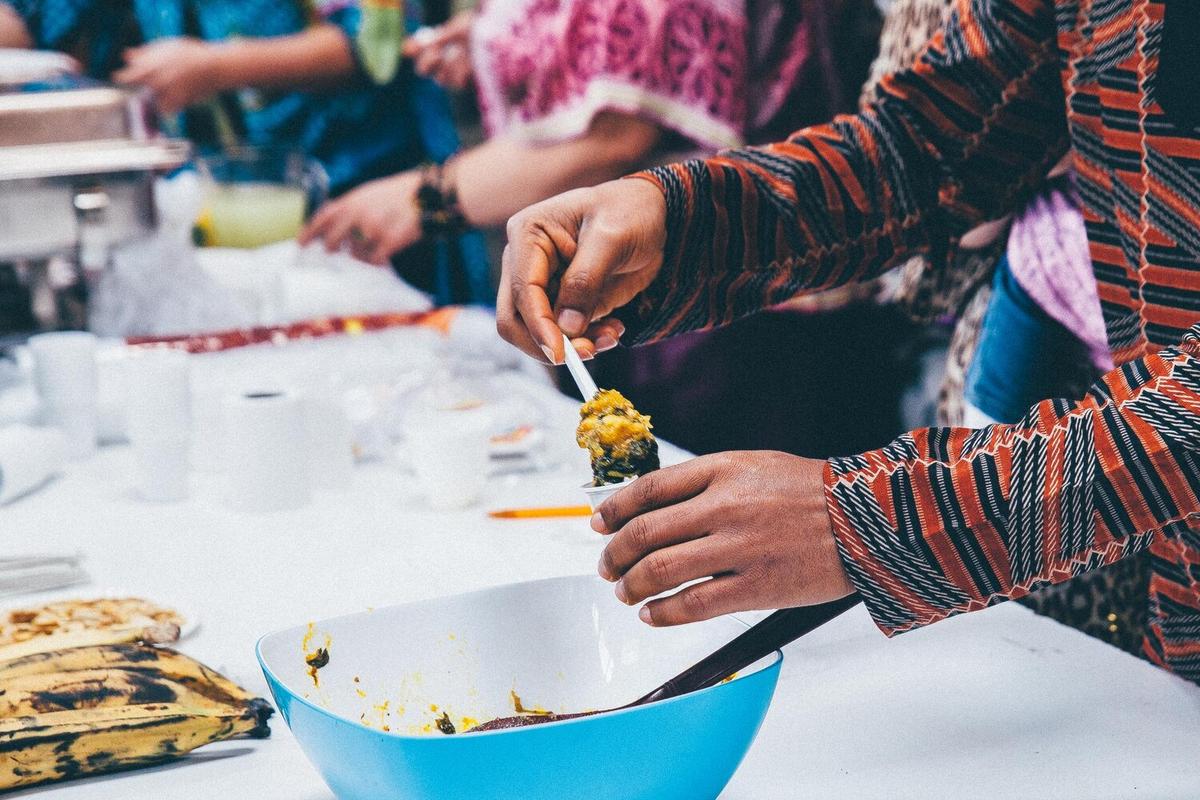
Exploring the Rich Flavors of Ethiopian Cuisine
Ethiopian cuisine is a vibrant tapestry of flavors and textures, known for its rich, aromatic spices and communal dining traditions. This culinary heritage offers an exciting exploration for those eager to delve into global gastronomy.
The Essence of Ethiopian Cuisine
Ethiopian food is renowned for its use of spices like berbere and niter kibbeh, which create a symphony of flavors that are both bold and inviting. The traditional method of eating with one’s hands using injera, a spongy flatbread, adds to the unique experience of Ethiopian dining.
Insights from Culinary Experts
Ethiopian culinary expert and author of ‘The Soul of Ethiopian Cooking’ emphasizes the importance of spices in creating authentic dishes. ‘The harmonious blend of spices is what makes Ethiopian food both unique and flavorful,’ she notes.
Rich Culinary Traditions
A study by the Ethiopian Culinary Institute highlights that over 200 spices are used in Ethiopian cooking, reflecting the diversity of its cultural influences. The communal aspect of meals, where diners share from a central platter, fosters a sense of community and connection.
Personal Anecdotes
During my travels in Ethiopia, I was struck by the warmth and hospitality of sharing meals. One memorable experience was tasting doro wat, a spicy chicken stew, at a family gathering. The flavors were intense yet comforting, a true reflection of Ethiopian hospitality.
Actionable Tips for Home Cooks
- Start with the basics: Learn to make injera, as it is the foundation of most Ethiopian meals.
- Experiment with spices: Try incorporating berbere into your dishes for an authentic Ethiopian touch.
- Embrace communal dining: Serve meals on a large platter to encourage sharing and conversation.
Comparing Ethiopian Dishes
| Dish | Key Ingredients | Flavor Profile |
|---|---|---|
| Doro Wat | Chicken, berbere, onions | Spicy, rich |
| Shiro | Chickpeas, garlic, onions | Savory, creamy |
| Kitfo | Raw beef, niter kibbeh | Spicy, buttery |
| Misir Wat | Lentils, berbere | Spicy, hearty |
| Gomen | Collard greens, niter kibbeh | Earthy, mild |
| Injera | Teff flour | Sour, spongy |
| Tibs | Beef, onions, peppers | Spicy, smoky |
| Firfir | Injera, berbere | Spicy, tangy |
Frequently Asked Questions
What is the staple food in Ethiopian cuisine?
Injera, a fermented flatbread made from teff flour, is the staple food and is typically used to scoop up stews and salads.
Is Ethiopian food vegan-friendly?
Yes, Ethiopian cuisine offers a variety of vegan-friendly dishes, particularly during fasting periods when meat and dairy are avoided.
How spicy is Ethiopian food?
While some dishes are quite spicy due to the use of berbere, there are also milder options available for those who prefer less heat.
Conclusion
Exploring Ethiopian cuisine is more than just tasting new dishes; it’s about embracing a culture rich in history and tradition. Whether you’re cooking at home or dining out, the flavors and communal experience of Ethiopian food offer a delightful culinary journey. For those interested in cooking these dishes, numerous online resources and cookbooks are available to guide you through the process. Dive into this flavorful world and discover the joy of Ethiopian dining.


